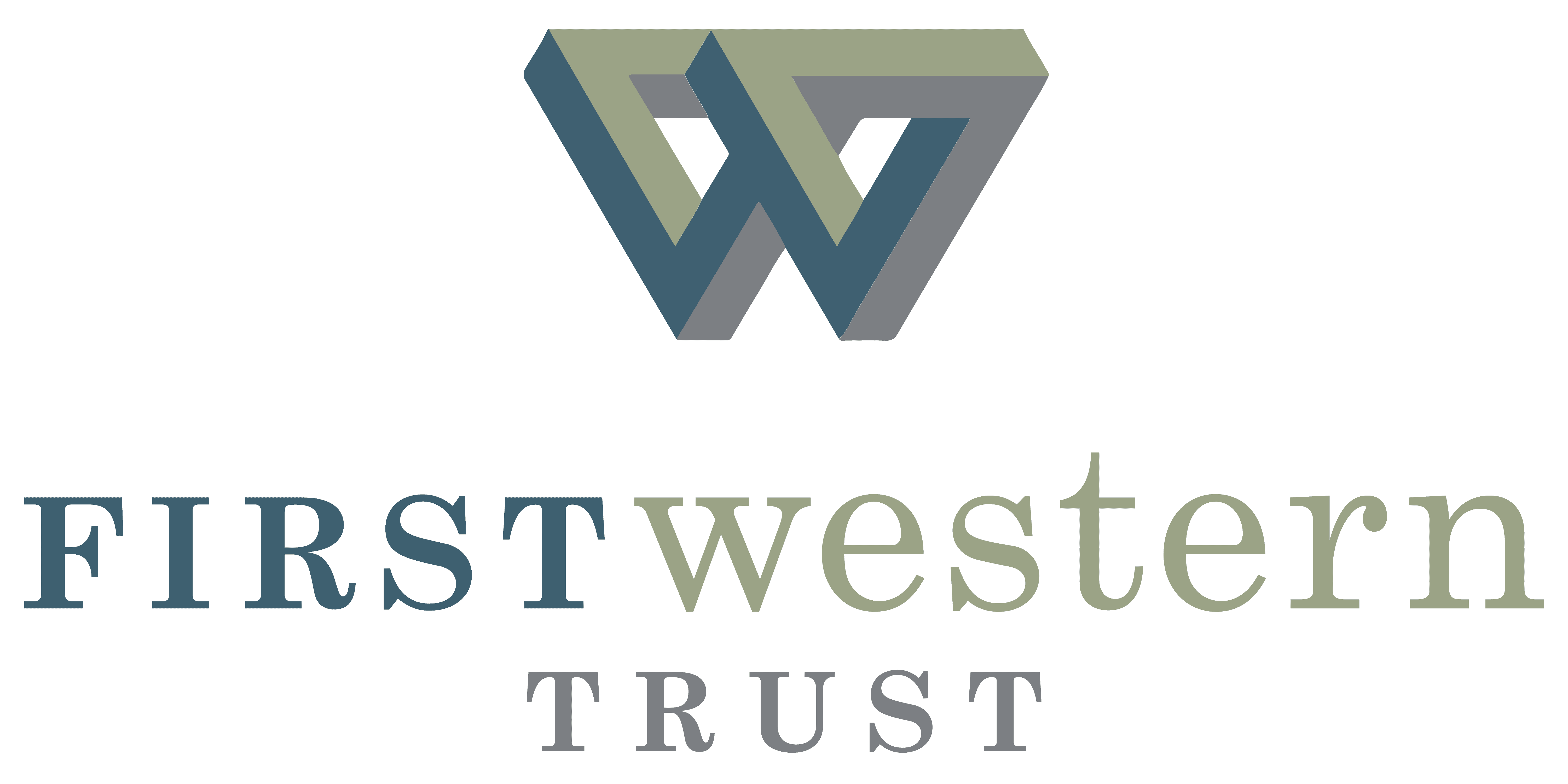
Week in Review: June 18, 2021
June 21, 2021
Recap & Commentary
After the Fed indicated that it might raise rates starting in 2023, markets ended the week lower with the S&P 500 suffering its worst week since February. While the rate increase is still a ways off, given that the previous projection did not have the Fed raising rates until 2024 at the earliest, it was enough to rattle the markets. As Chairman Powell described it, “You can think of this meeting as the talking about talking about tapering meeting.”
Additionally, the Fed significantly increased its inflation forecast for 2021 from 2.4% to 3.4%. This seemed to be an acknowledgement of the recent jump in inflation data. It also intensified questions about exactly how long the Fed might allow inflation to run above 2%.
On Friday, St. Louis Fed President James Bullard added to market jitters when he stated that the first rate hike could come as soon as 2022. Current expectations are for the Fed to provide further details regarding the tapering of its asset purchases and future rate hikes at its Jackson Hole meeting in August.
Interestingly, while the Fed’s announcement caused a brief (one day) spike in interest rates, by the end of the week the 10-Year Treasury yield had settled back to 1.45%, which tied for its lowest level since early March. While that was contrary to many investors’ expectations, perhaps the easiest interpretation is that the bond market expects both inflation and economic growth to moderate towards its longer-term run rate when economic activity normalizes.
Economic Bullet Points
Economic data for the week generally failed to meet expectations and in many cases was weaker than the prior period.
Housing starts missed expectations, but managed to rise 3.6% following a 12% decline in April. Despite strong demand, homebuilding activity continues to be hampered by expensive lumber prices and shortages of many building materials. Building permits, a leading indicator of future activity, fell 3.0%.
On a headline basis, retail sales fell 1.3%, 0.5% more than expected and down from the 0.9% increase in April. Underneath the surface, consumer spending patterns are shifting as the economy continues to reopen. May saw a decline in spending on goods, while spending on services increased. Also, online sales dropped suggesting consumers may be returning to more in-person shopping.
Producer prices (PPI) rose 0.8% in May, faster than the expected increase of 0.6%. Compared to a year ago, PPI rose 6.6%, the fastest pace on record. The report was another in a string of recent reports pointing to rising inflation.
Industrial production rose for a third consecutive month, up 0.8%, led by a 6.7% increase in auto production, even as a shortage of semiconductors continues to hamper production.
Weekly jobless claims unexpectedly rose to 412K, well above the expected 359K and the highest level in five weeks
Of Note
Last month, China’s largest port, Yantian, through which 90+% of the world’s electronics pass, was shut for nearly a week following an outbreak of coronavirus cases in the region. That resulted in a backlog of ~160K shipping containers, threatening to disrupt retailers plans for this year’s holiday season.
Market Indices Week of 06/18
| S&P 500 | -1.9% |
| Small Caps | -4.2% |
| Intl. Developed | -2.4% |
| Intl. Emerging | -1.5% |
| Commodities | -4.3% |
| U.S. Bond Market | 0.1% |
| 10-Year Treas. Yield | 1.45% |
| US Dollar | 2.0% |
| WTI Oil ($/bl) | $72 |
| Gold ($/oz) | $1,768 |
The Week Ahead
- Existing Home Sales
- New Home Sales
- PCE Inflation
- Mfg. & Services PMI
- Durable Goods Orders
- Personal Income & Spending
- Weekly Jobless Claims
Newsletter Sign Up
Insights
How to Plan for Retirement: A Comprehensive Wealth Management Strategy for High-Net-Worth Individuals
As a high-net-worth individual, retirement isn’t just a milestone—it’s a chance to transition into the next chapter with purpose, freedom, […]
Learn more
The IRS Announces 3 Key Changes to 401(k) Plans for 2025: How to Maximize Your Retirement Savings
The IRS has recently unveiled important changes to 401(k) plans for 2025, offering new opportunities for workers to boost their […]
Learn more
Tax-Efficient Retirement Planning: Strategies to Optimize Your Wealth in Retirement
When planning for retirement, maximizing wealth and managing tax burdens are essential to ensure your hard-earned savings work for you. […]
Learn more
The New Economy Begins: 4 Money Moves High-Net-Worth Individuals Should Make Before Inauguration Day
As a new administration prepares to take office, high-net-worth individuals face an opportunity to review their financial strategies. Changes in […]
Learn more
Week in Review: December 30, 2024
Recap & Commentary Markets ended the holiday-shortened week modestly higher giving hope to investors that 2024 will end with a […]
Learn more
How to Plan for Retirement: A Comprehensive Wealth Management Strategy for High-Net-Worth Individuals
As a high-net-worth individual, retirement isn’t just a milestone—it’s a chance to transition into the next chapter with purpose, freedom, […]
Learn more
The IRS Announces 3 Key Changes to 401(k) Plans for 2025: How to Maximize Your Retirement Savings
The IRS has recently unveiled important changes to 401(k) plans for 2025, offering new opportunities for workers to boost their […]
Learn more
Tax-Efficient Retirement Planning: Strategies to Optimize Your Wealth in Retirement
When planning for retirement, maximizing wealth and managing tax burdens are essential to ensure your hard-earned savings work for you. […]
Learn more
The New Economy Begins: 4 Money Moves High-Net-Worth Individuals Should Make Before Inauguration Day
As a new administration prepares to take office, high-net-worth individuals face an opportunity to review their financial strategies. Changes in […]
Learn more
Week in Review: December 30, 2024
Recap & Commentary Markets ended the holiday-shortened week modestly higher giving hope to investors that 2024 will end with a […]
Learn more
How to Plan for Retirement: A Comprehensive Wealth Management Strategy for High-Net-Worth Individuals
As a high-net-worth individual, retirement isn’t just a milestone—it’s a chance to transition into the next chapter with purpose, freedom, […]
Learn more
The IRS Announces 3 Key Changes to 401(k) Plans for 2025: How to Maximize Your Retirement Savings
The IRS has recently unveiled important changes to 401(k) plans for 2025, offering new opportunities for workers to boost their […]
Learn more
Tax-Efficient Retirement Planning: Strategies to Optimize Your Wealth in Retirement
When planning for retirement, maximizing wealth and managing tax burdens are essential to ensure your hard-earned savings work for you. […]
Learn more








